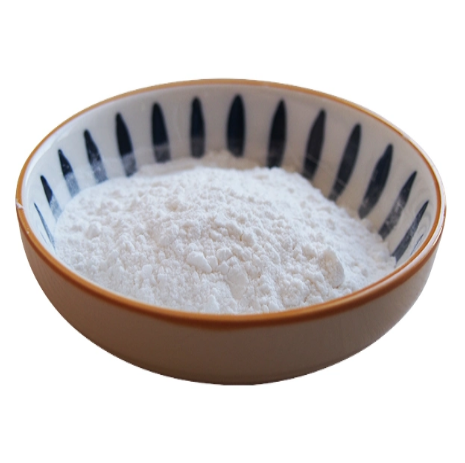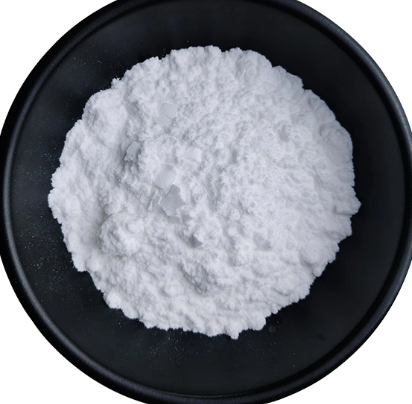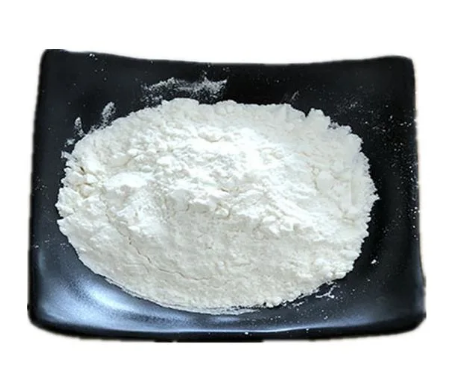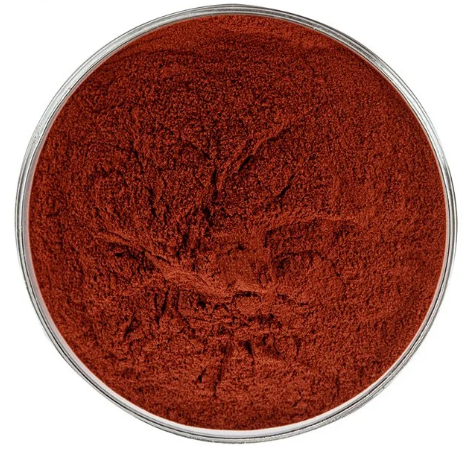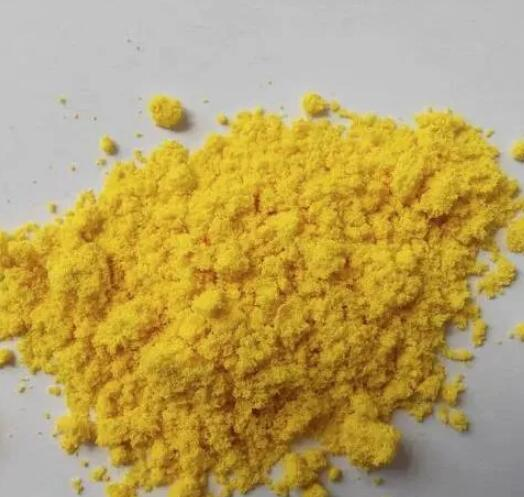Neocuproine CAS:484-11-7
Neocuproine has a wide range of applications primarily in analytical chemistry, materials science, and coordination chemistry. One of its most significant uses is as a chelating agent for metal ions, particularly copper. Its ability to form stable complexes with copper(II) ions allows for its application in the detection and quantification of this metal in various samples. Neocuproine is commonly employed in colorimetric assays where the intensity of the colored complex formed can be measured spectrophotometrically. This property makes it useful for environmental monitoring, such as assessing copper levels in water sources or soil. In addition, neocuproine is extensively used in the study of metal-ligand interactions and in the development of new coordination compounds. Its strong coordination capabilities facilitate research in materials science, where it can be incorporated into polymers or composites to enhance properties like conductivity or stability. Researchers have explored neocuproine-based materials for applications in sensors, catalysis, and electronic devices. Moreover, neocuproine has been studied for its potential use in biological applications. For instance, it has demonstrated antioxidant properties, and studies suggest it may play a role in protecting cells from oxidative stress. As a result, there is ongoing research into its effects on cellular systems and potential therapeutic applications. Furthermore, neocuproine serves as a valuable tool in the characterization of other metal complexes. By using neocuproine as a reference ligand, chemists can compare the binding affinities and stabilities of various metal-ligand complexes, contributing to a better understanding of coordination chemistry principles. Overall, neocuproine's versatility as a ligand and its capacity to interact with metal ions make it an important compound in various scientific fields, from analytical chemistry to material science and biochemistry. Its applications continue to expand as researchers explore new ways to harness its properties in innovative technologies and health-related studies.



| Composition | C14H12N2 |
| Assay | 99% |
| Appearance | white powder |
| CAS No. | 484-11-7 |
| Packing | Small and bulk |
| Shelf Life | 2 years |
| Storage | Store in cool and dry area |
| Certification | ISO. |




